Bike brakes
brakes Fixes, Reviews & Guides

How to Install Hydraulic Disc Brakes
Installing disc brakes is more often than not, a considerable upgrade for anyone who is serious about their mountain biking. You won’t have to worry about wearing down your rims and about trying...
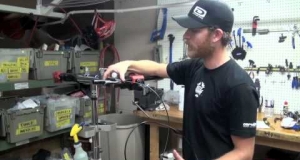
How to Bleed Shimano Hydraulic Disc Brakes
Hydraulic brakes work by applying pressure to a liquid in a tube. They work by means of a piston in the lever which shoots liquid into the caliper piston which causes the brakes to clamp...
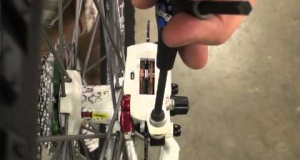
How to Adjust and Straighten Disc Brakes
Adjusting disc brakes is pretty straightforward. What you’ll need is a rubber band and an allen wrench.
Yep. That’s it.
To start, you’ll have to slightly loosen the mount bolts that...
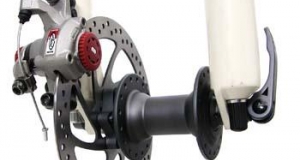
Disc Brake Basics: What Are They and How to Take Care of Them
On a bike, you’ve got either one of two types of brakes. You’ve got the caliper brakes or V-brakes, which look like a pair of pincers that pinch the rim of the wheel to stop. Or you’ve got the...
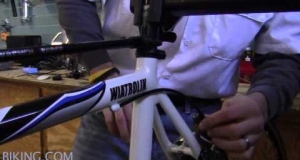
How to String Brake Cables
Stringing brake cables is pretty straightforward.
You’ll need:
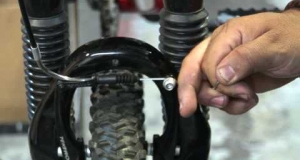
Mountain Bike V-Brake Adjustment
Rim brakes are simple. Rim brakes are fun. Rim brakes sometimes need adjusting. If you pull the lever and the brakes are still loosy goosey, then it's time to tighten up the tension on...

How To Adjust Sidepull Brakes on a Road Bike
Misaligned brake pads can cause a decrease of braking power, or even a blowout! With 5 minutes of your time, you can ensure that you have the ability to stop when you're supposed to. Here's the...
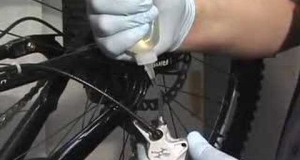
How to Bleed Hayes Hydraulic Brakes
First things first: the Hayes system uses DOT 3 or DOT 4 mechanical brake fluid. DO NOT USE MINERAL OIL FOR THESE BRAKES!!!!!!!
Second, the bleed starts from the caliper up to the brake...
- « first
- ‹ previous
- 1
- 2
- 3
